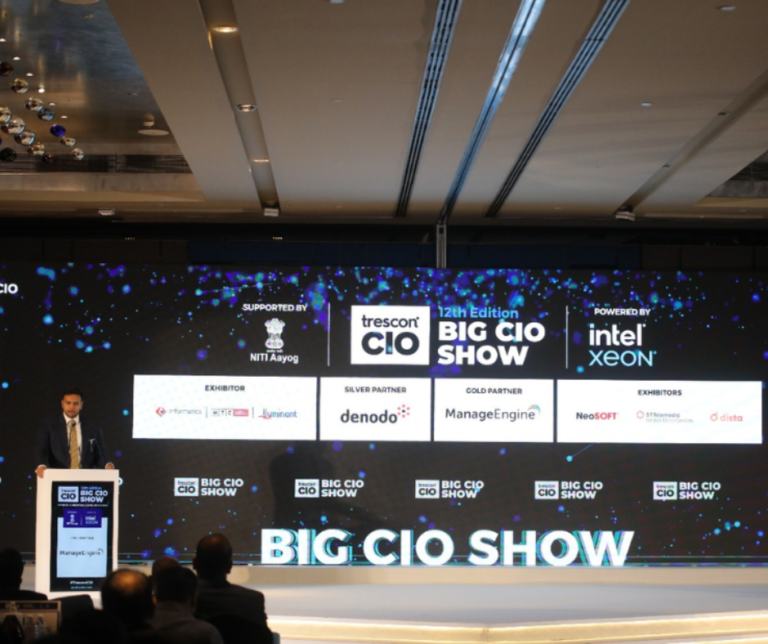
9th Monthly Column Digital Transformation May-2020
Virtual Immersion into Digital Reality
Applications of immersive technologies are interactive and mediating processes with the help of computing devices which can create various simulated environments for exciting experiences of as if present in a physical environment. These digital technologies create virtual versions of real world. Applications of Immersive technologies (ImTs), viz., Virtual Reality (VR), Augmented Reality (AR), and Mixed Reality MR) are influencing the processes by which various business activities are performed and life is lived in present digital era. By wearing the headset, which is connected to a computing device, an individual can get the virtual feeling that he / she is shaking a tree branch standing on a snowy hilltop, and snow crystals are falling from it. Another extreme example could be the experience of a shopper while interacting with an eCommece platform. ImTs can help him / her to see how a garment is fitting on his / her body without wearing it. The camera eye of the computer or handheld phone first takes measurement of his / her physique and then creates another image by superimposing on it the image of the garment of required size. The shopper will be able to see whether the garment is fitting well or not from various angles, and the areas where the same is loose or tight on his physique, one of the common and popular applications of ImTs is for video gaming. ImTs thus equip an individual to manipulate and perceive a digitally created environment in a manner that it resembles the real world. Business entities are gainfully using those for operations to gain momentum in transforming users’ pre-purchase experiences taking them into a digital domain. Examples could be providing customers virtual experience of a newly launched car or a completely furnished dwelling unit without visiting the showroom or the flat. ImTs are also effectively being used in classrooms for teaching students of medicine, bio technology, engineering etc. In his research paper, presented in a conference of marketing professionals, Stephen O’ Mahony1 observed that, “The ubiquity of digital media is axiomatic of the contemporary environment, wherein digitally mediated interactions have become the essence of its landscape. Increasingly, virtual content is extracted from synthetic worlds and assimilated into the corporeal; the mediating technologies through which individuals interact with it are becoming appendages of the physical self, signalling profound changes to innumerable application areas”.
Genesis and Advancement of Immersive Technologies
The innovative idea of ImT started with Charles Wheatstone in 1838. He discovered Stereoscope which helped near to 3D viewing of images. David Brewster worked further and invented in 1849 the first portable 3D viewer. In 1929 Ed Link created a simulator which helped pilots to get a precise idea of how it really feels to control a plane. This was perhaps the first innovative application of virtual reality. In 1961 Morton Heilig first invented a head-wearable display device, which helped users to see stereoscopic 3D pictures coupled with stereo sound. Ivan Sutherland’s joint research with his student Bob Sproull lead to the invention of a further developed headset in 1968 which enabled an user to view computer-generated wireframe rooms.
Learn more from pdf >>>>>>

You and Your MSME Operational and Financial Activism CMA National Convention-2016

Tresscon Big CIO Show Presentation

Trescon Mysis Leveraging Automation for Lending Risk Management in Banks

Transformation from Risk Managing to Risk Enabled Organisation

